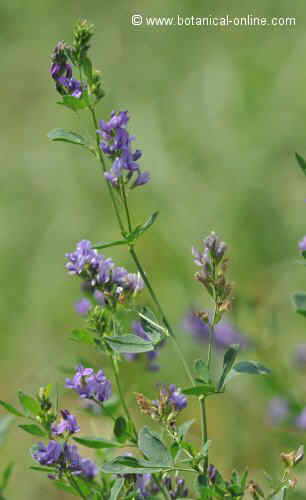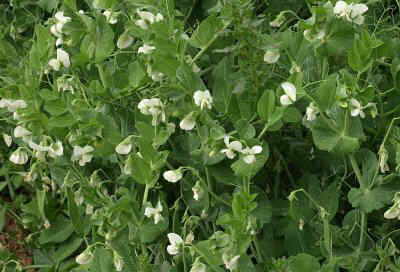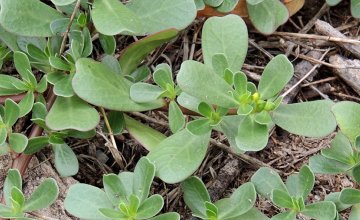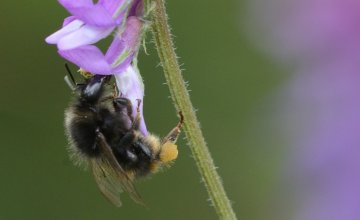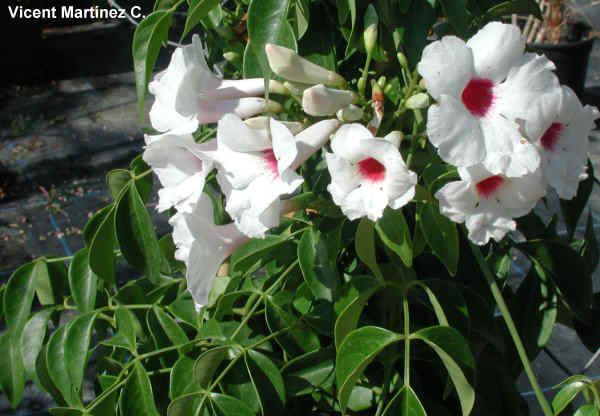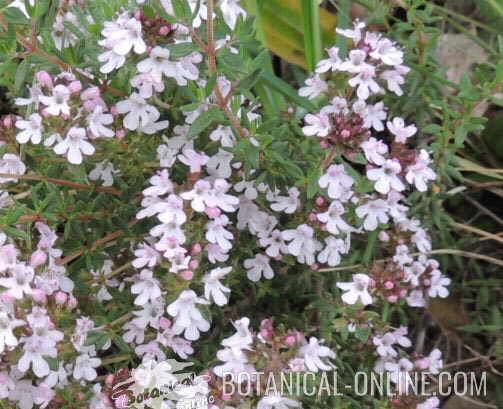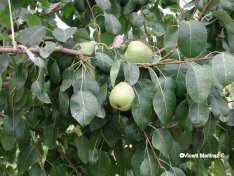Contents
How to grow ginger
Ginger (Zingiber officinale) is a rhizomatous plant of the family Zingiberaceae, related to other plants such as greater galangal, cardamom or turmeric.
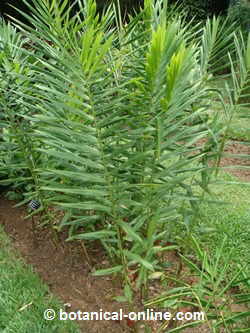
The ginger plant can reach a height of up to 1 m. It has reddish stems, lanceolate leaves and whitish flowers in spikes.
Characteristic rhizomes, shaped like fingers.
Ginger is generally grown for the use of its rhizomes, which are the commercial part of the plant.
The rhizomes are used as an ingredient, a spice in the kitchen, with medicinal properties.
Climate
It is a tropical plant that proliferates in rich soils, warm climates, and substantial humidity.
It can be grown in tropical or subtropical climates, warm regions with temperatures between 25 and 30ºC.
Exposure in full sun or in partial shade. It is a plant adapted to live under the canopy of tropical forest trees.
It does not tolerate frost, strong winds, or waterlogging.
Soil
The best soils for ginger cultivation are loamy, sandy soils with good drainage. It will not grow in heavy clay soils. It is important that the soil has very good drainage.

Watering
This plant needs a moist soil, so it should be watered enough to prevent the soil from drying out. It is important, along with watering, sun exposure and good drainage of the soil.
Avoid overwatering and water stagnations, which could lead to root rot.
![]()
Ginger propagation
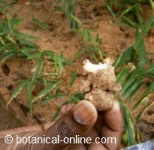
It is propagated by its rhizome (vegetative propagation). Planting in early spring. A healthy, rot-free rhizome with approximately 3-4 eyes is chosen. To avoid rhizome diseases, it is generally immersed in a fungicidal and bactericidal solution. Then it is left to dry in the shade for 2 days and is sown.
It is advisable to immerse the rhizomes in water 1 night before planting.
Planting can be done initially in a pot or directly on the definitive ground. In both cases it is important that the soil is loose, to facilitate rooting. To do this, it is recommended that you unpack the soil in pots with your hands and press lightly after planting.
In orchards, soil tracing and then furrow construction may be appropriate. The most common sowing distance is 1.20 meters between furrows and 40 cm. between plants.
Submerge ginger in water to root it?
Studies have shown that immersing the tuber in water is not a good practice for propagating ginger. The plant produces more roots when it is in soil.
![]()
Flowering
It blooms from the second year of its cultivation.
Harvesting
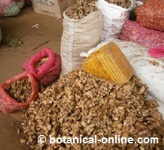
It is harvested 9 months after planting. It is possible to distinguish the right time when the leaves of the plant start to take a yellowish color.
Fresh ginger should be washed, dried in the shade and stored in a dry, ventilated place.
The main ginger producing country is India. The main export markets for ginger are the UK, the Netherlands, the US and Canada.
![]()
Diseases and pests
Generally, when ginger is harvested in the right conditions does not present serious pest or disease problems. Some of those that can be produced include:
- Erwinia spp. and Fusarium spp: It occurs mainly due to excess irrigation, poor drainage of the soil or both. It causes damages to the rhizome and base of the stems. When harvested, the rhizome is spotted.
- Pythium graminicola
- Nematodes (Meloidogyne spp.)
![]() More information on medicinal plants
More information on medicinal plants

